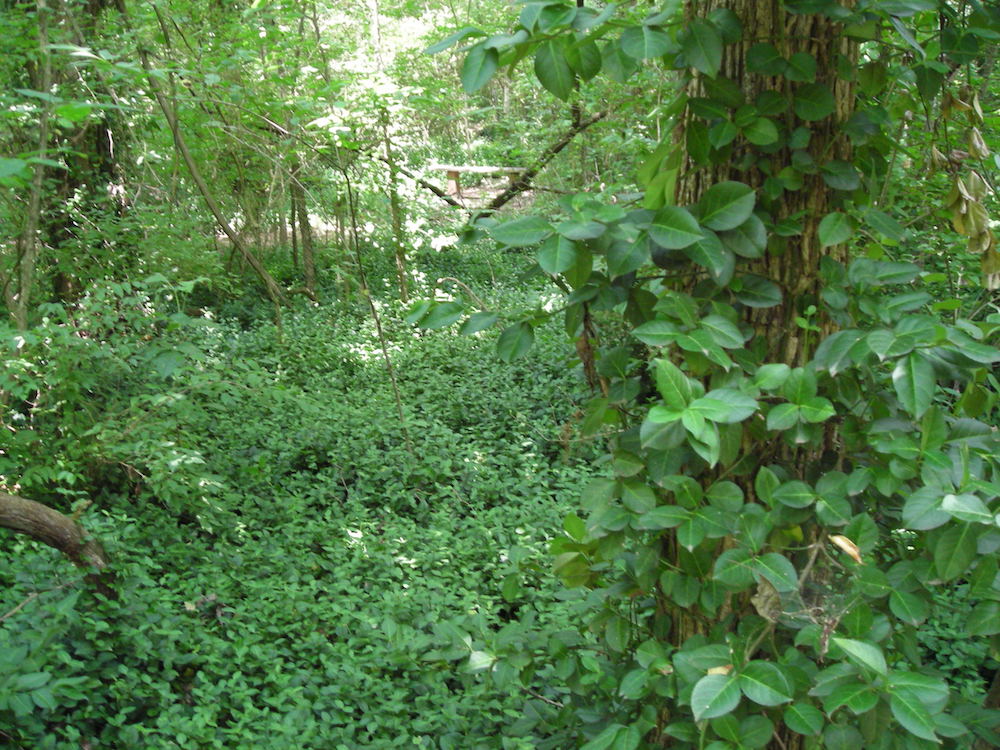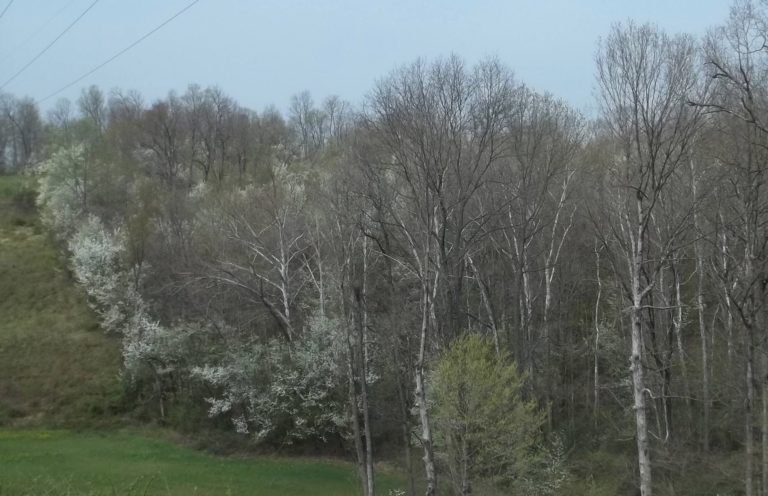
After years of research to document problem plants and their financial impact, a new list of invasive species awaits the governor’s signature.
The proposed rule changes add 44 exotic invasive species to the list that prohibits and restricts their sale, distribution and transport.
Those involved with this huge step toward keeping Indiana’s environment natural anticipate Gov. Eric Holcomb will sign the new regulations into law during Invasive Species Awareness Week, April 7 through 13. The Indiana Invasive Species Council and the Department of Natural Resources will be spreading the word about problem plants, insects and animals that week, too.
Why does this matter?
The state spends at least $5.7 million a year to clean up invasive species from woodlands, parks and other natural areas. That does not include what municipalities; farmers, landscape companies, homeowners and others spend on chemicals and labor to take out bush honeysuckle, garlic mustard and more. There are also countless volunteer hours grubbing out invasives.
The most familiar plant on the proposed banned list is winter creeper, sometimes called purple winter creeper (Euonymus fortunei), said Ellen Jacquart, a member of the Invasive Plant Advisory Committee. Winter creeper serves as a groundcover in many, many Hoosier landscapes and has taken on that role under trees and along pathways in parks, woodlands and other natural areas.
What is an exotic invasive?
A plant that comes from some place else, whether Asia or the southern United States, with a growth habit that out paces and disrupts native species, describes an exotic invasive. An exotic invasive displaces our critically important native plants, animals or insects species in our natural, ecologically sound environments.
Long a member of Indiana’s invasive species list and now proposed for the banned list, Japanese bush honeysuckle (Lonicera spp.) is a prime example of a problem plant.
First, it’s everywhere, rooted in natural areas, spread by birds that eat the seeds. Second, it leafs out before many native species do, shrouding the ground and preventing spring beauties (Claytonia virginica) and other seasonal ephemerals from blooming.

Despite compelling research data, two well-known and popular landscape trees were excluded from the proposed list of banned plants. DNR pulled Callery pear (Pyrus calleryana) and Norway maple (Acer plantanoides), citing too great of an economic impact on nurseries because the trees are so widely grown, Jacquart said.
However on their own, many Indiana’s garden centers and nurseries are phasing out Callery pear, said Rick Haggard, executive director of the Indiana Nursery and Landscape Association with 400 members. Haggard also is a member of the Indiana Invasive Species Council.
Callery pear was not supposed to be invasive Not only have these trees spread into natural areas – just driving on country roads and interstates in spring, and you’ll see their white flowers – the branches get brittle with age. The flowers smell awful and the fruit is messy.
Once the governor signs the new regulation, garden centers and nurseries have a year to sell off what they have in stock, Jacquart said.
Consumer note
There does not seem to be a readily accessible list of the 44 new species of Indiana’s banned plants on the internet. Not at DNR. Not at the Indiana Invasive Species Council page at Purdue’s website. However, I did find it in the Indiana Register on the government website.